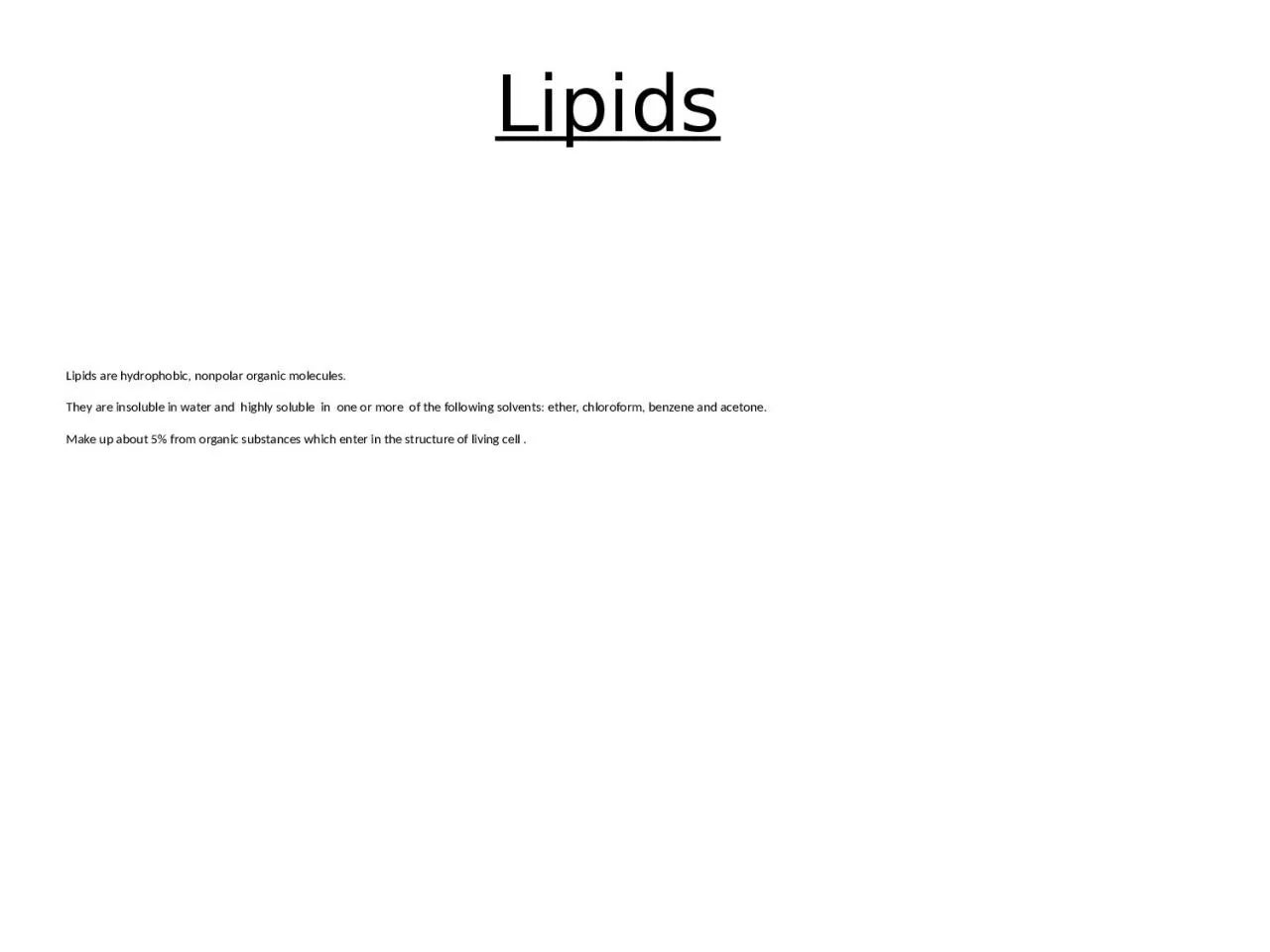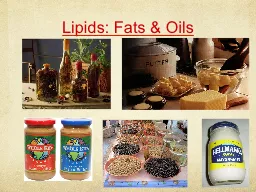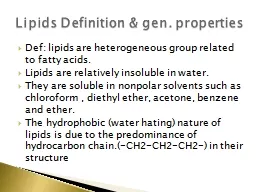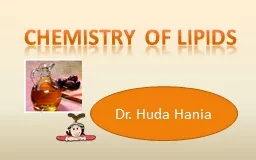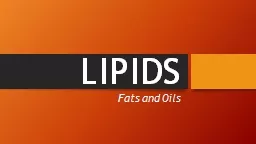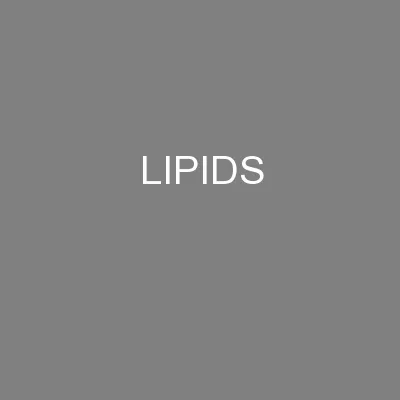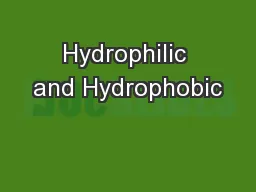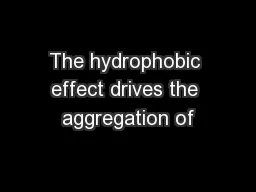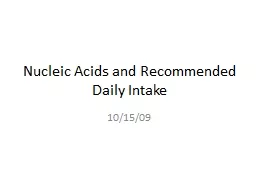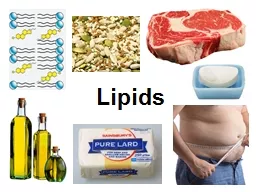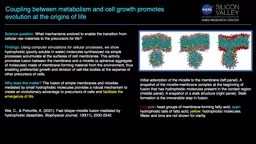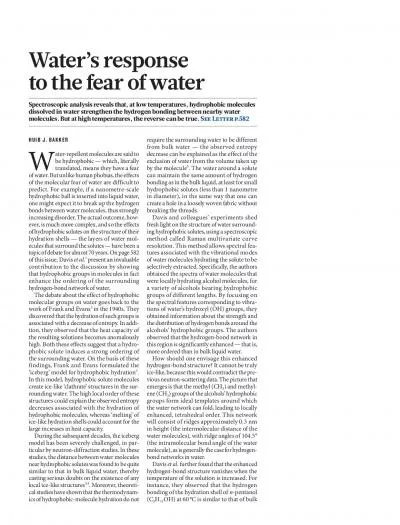PPT-Lipids are hydrophobic, nonpolar organic molecules.
Author : TootsieWootsie | Published Date : 2022-08-04
They are insoluble in water and highly soluble in one or more of the following solvents ether chloroform benzene and acetone Make up about 5 from organic substances
Presentation Embed Code
Download Presentation
Download Presentation The PPT/PDF document "Lipids are hydrophobic, nonpolar organic..." is the property of its rightful owner. Permission is granted to download and print the materials on this website for personal, non-commercial use only, and to display it on your personal computer provided you do not modify the materials and that you retain all copyright notices contained in the materials. By downloading content from our website, you accept the terms of this agreement.
Lipids are hydrophobic, nonpolar organic molecules.: Transcript
Download Rules Of Document
"Lipids are hydrophobic, nonpolar organic molecules."The content belongs to its owner. You may download and print it for personal use, without modification, and keep all copyright notices. By downloading, you agree to these terms.
Related Documents

